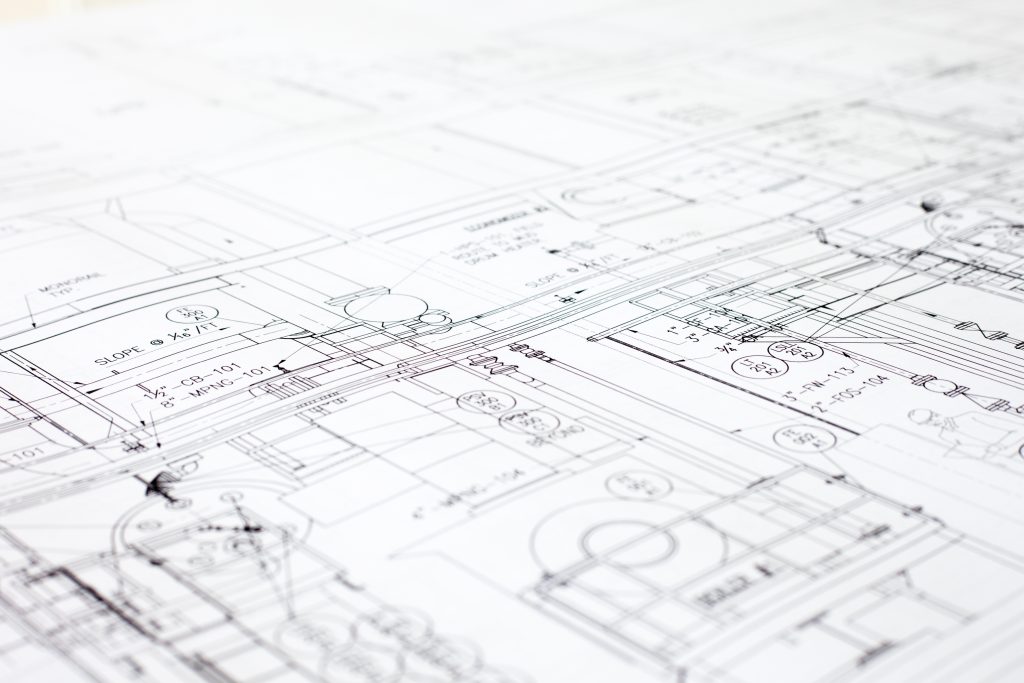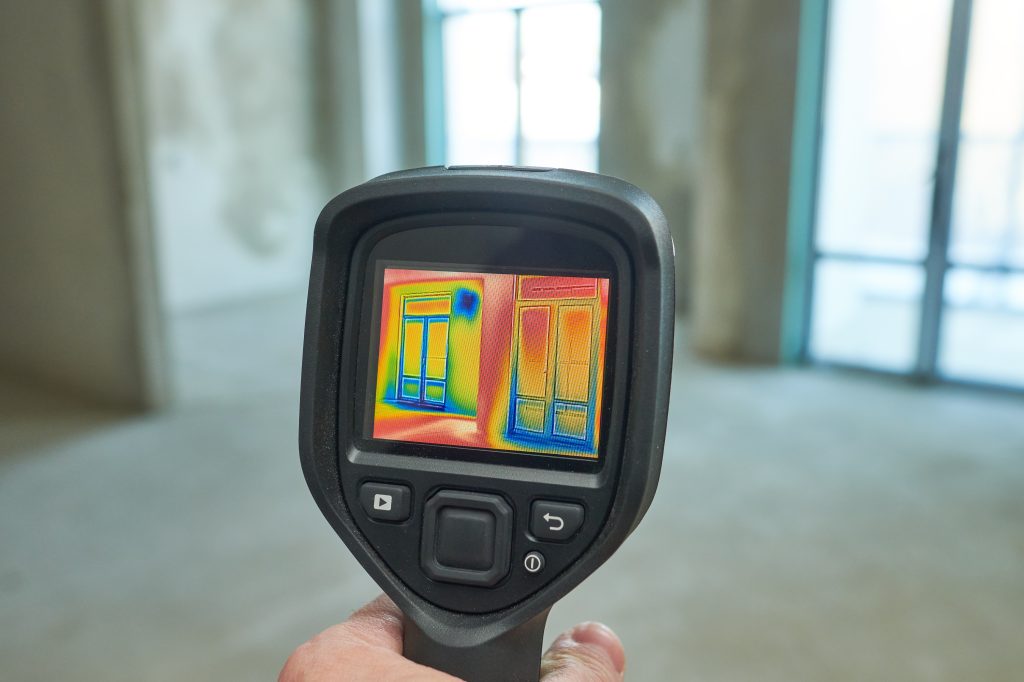For new homes, in particular, these changes will be quite challenging. Below are some of our highlights:
Primary Energy Source
Part L now includes a new measure of performance – the primary energy source. The type of energy used in a building now has a much higher weighting within the calculation of SAP assessments. Government has also changed the weighting of electricity, due to the increase in renewable energy sources (eg. wind power). If using gas appliances, it will be very challenging to pass SAP for new homes.
There appears to be a bias towards Heat Pump technology. However, do note that efficacy is dramatically affected by the thermal qualities of the building fabric. There are also a whole host of alternate options, with new products coming to the market regularly.


Thermal Performance of Building Junctions (aka thermal bridging)
Psi values are the measure of heat loss, for a meter length between two thermal elements, such as a wall and a floor. We will now need to demonstrate the psi values for junctions in a building. In most cases, the component parts of a wall or floor build-up vary widely. So, standard junctions and psi values are difficult to find – Stickland Wright have invested in software and training to allow us to calculate project specific psi values, allowing us, to further improve a schemes chances of passing SAP.
Air Tightness
The level of air tightness is increasing and all new flats or houses MUST be tested, not just a representative few, as before. Effective and practical detailing will be critical to achieving these tighter requirements and builders may require guidance on how to achieve the required standards.

Overheating
Overheating is now a consideration under the building regulations. There is a ‘simple’ method for compliance but this may impact (limit options) on the appearance of a building. For anything which does not ‘fit’ the simple standard, a thermodynamic model will be required – a model which maps the internal temperatures of a design, across the seasons. Stickland Wright have recently expanded our capacity to undertake dynamic modelling in house, to streamline the process of complying with the new Part O whilst not compromising on design.
Ventilation
As air tightness and overheating become more of a focus, ventilation strategies are adjusting accordingly – ‘air tight, vent right’. Ventilation rates are generally increasing, as buildings become less ‘leaky’.
Thermal Mass
The thermal mass of building fabric is now a consideration. Thermal mass is the ability to retain energy, within the fabric of a building and can help to balance internal temperatures. In practical application for example, some insulation materials have a higher thermal mass than others, and this may influence specification choices.
So what now?
Stickland Wright are Experienced Low Energy Designers
You may not know… we have designed houses, compliant with the revered Passivhaus standard.
We have also designed the first accredited active house development in the UK. This project of new build apartments has just been shortlisted for the international Active House awards and for the Constructing Excellence ‘Zero Carbon’ award.
How can Stickland Wright Help?
We have been busy training our team with new software and we have been learning new skills.
We now have a Level 5 trained Retrofit co-ordinator, to help guide you through the process of improving the energy performance of your existing buildings (this qualification aligns with PAS 2035 retrofit compliance, for publicly funded buildings and HA’s).
We have invested in the following hardware and software solutions, to assist our clients:
- 3D Energy modelling software – allows thermodynamic modelling and daylight assessment
- SAP 10 (June 22 standard) assessment software – to demonstrate building regulation compliance
- Psi calculation software – to assess heat loss through building junctions
- Moisture analysis software – to ensure condensation does not occur within the building fabric, leading to long term maintenance problems
- Thermographic camera hardware – to map the heat loss within existing buildings
In the past we have relied upon external consultants to undertake SAP reports. However, the changes in the regulations require us to provide a far greater level of detail, within our own processes. We have judged that it is now more sensible for us to bring this work ‘in-house’ and to thereby offer more flexible solutions to our clients, alongside our regular design role.
Stickland Wright can now offer a series of ‘bolt-on’ services to better assist you with your project compliance, and lower your long term energy usage.
We are here to help so please get in touch if you have any questions or projects that require our services.
t: 01273 964051